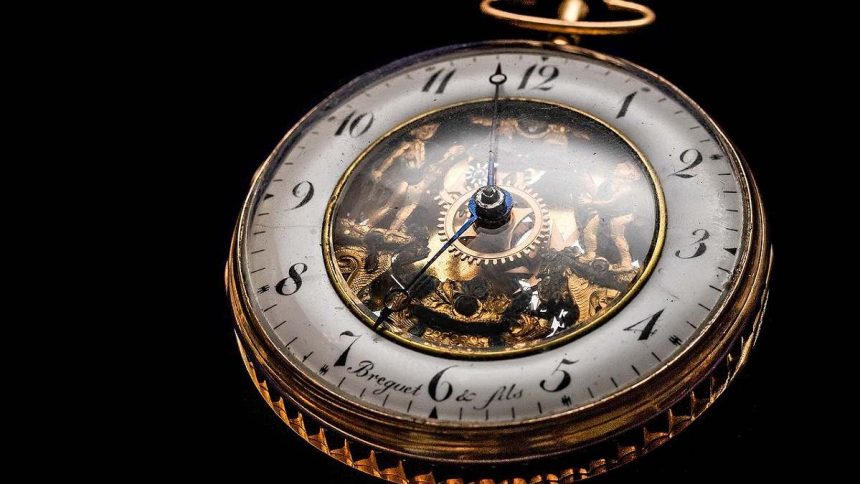Since ancient times, humans have been fascinated by the measurement of time, relying on various types of clocks. The early timekeeping devices were rudimentary and far from accurate. However, modern science has revolutionized how we measure time. Today, we have clocks so precise that they can track the smallest increments of time with unparalleled accuracy.
Types of Modern Clocks: Key-Operated, Electrical and Electronic
In modern-day usage, clocks typically fall into three main categories:
- Key-Operated Clocks
These clocks run on a spring mechanism. By winding the spring, the clock generates the energy needed to keep time. - Electrical Clocks
Electrical clocks operate using batteries as their primary energy source. Over time, these clocks maintain accuracy but may become slightly slow or fast after extended use. - Electronic Clocks
Electronic clocks utilize quartz crystals to keep time. Quartz oscillates at a precise frequency, making these clocks highly accurate. However, just like key-operated and electrical clocks, they can deviate slightly in accuracy over time.
While all these clocks perform well for everyday timekeeping, they aren’t flawless. Over time, even the most advanced of these clocks will gradually become either too slow or too fast.
The Breakthrough of Atomic Clocks: Unmatched Precision
A few decades ago, scientists achieved a groundbreaking advancement in timekeeping with the development of the atomic clock. These clocks are so precise that they only deviate by one second over the course of 1.7 million years! But how is such precision possible? The secret lies in the atom.
What is an Atom?
Atoms are the building blocks of matter and are incredibly small. By using the natural frequency at which atoms vibrate, scientists have developed atomic clocks that are far more accurate than any traditional clock.
The Concept of Atomic Time: A New Standard
The introduction of atomic clocks has fundamentally transformed the way time is measured. The international standard of time is now based on the “atomic second.” In this system, one second is defined as the time it takes for a cesium-133 atom to vibrate exactly 9,192,631,770 times. This replaced the older method of defining a second as 1/86,400th of the time it takes the Earth to complete one full rotation on its axis.
How Atomic Clocks Work
Atomic clocks operate by measuring the natural frequencies emitted by atoms or molecules. Every atom has a natural frequency, and by counting these vibrations, we can measure time with extreme accuracy. Most atomic clocks use frequencies in the range of 1,400 to 40,000 MHz, depending on the type of atom being measured.
The History of Atomic Clocks
The journey to create atomic clocks began with the frequency of ammonia molecules. In 1947, an oscillator controlled by ammonia molecules was developed, and by 1949, the first atomic clock was created by the National Bureau of Standards in Washington D.C.
In 1955, a more accurate atomic clock was built at the National Physical Laboratory in Teddington, England, which used a beam of atoms emitted from cesium metal. This breakthrough led to the development of cesium atomic clocks in laboratories around the world.
The Science Behind Cesium Atomic Clocks
Cesium atomic clocks operate by heating cesium metal in a furnace, producing a stream of cesium atoms. The frequency of the electromagnetic field is adjusted to match the cesium atom’s frequency (9,192,631,770 Hz). Some of this frequency is then used to regulate another clock, which displays the time.
In recent years, even more advanced atomic clocks have been developed, including the ammonia maser, hydrogen maser, and rubidium gas cell atomic clocks.
Modern Atomic Clocks: Smaller and More Portable
The earliest atomic clocks, built in the 1960s, were large and cumbersome. However, today’s atomic clocks are far more compact, making them portable and easy to transport from one place to another.
Applications of Atomic Clocks: Beyond Timekeeping
Atomic clocks are not only used to maintain time standards; they have also found applications in various advanced fields. They are crucial for navigation systems and are used extensively in space transmission technologies. The precision offered by atomic clocks makes them indispensable in industries where accurate time measurement is critical.
A New Era of Time Measurement
From the simple clocks of ancient civilizations to the sophisticated atomic clocks of today, humanity has made remarkable strides in the science of timekeeping. The atomic clock represents the pinnacle of accuracy, enabling us to measure time in ways once thought impossible. As technology continues to evolve, we can expect even greater advancements in how we track the passage of time.




